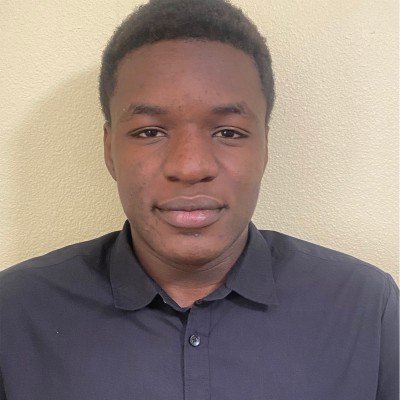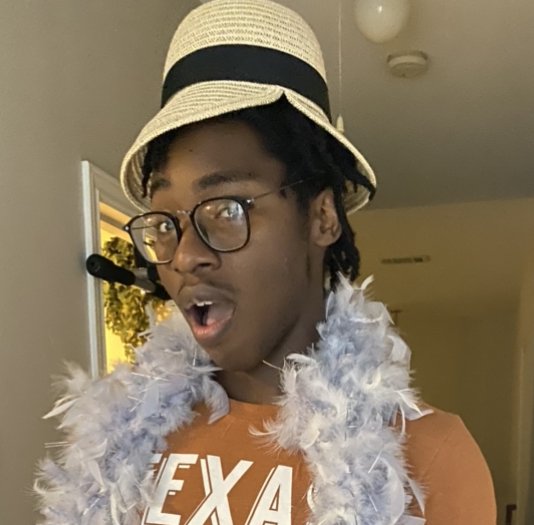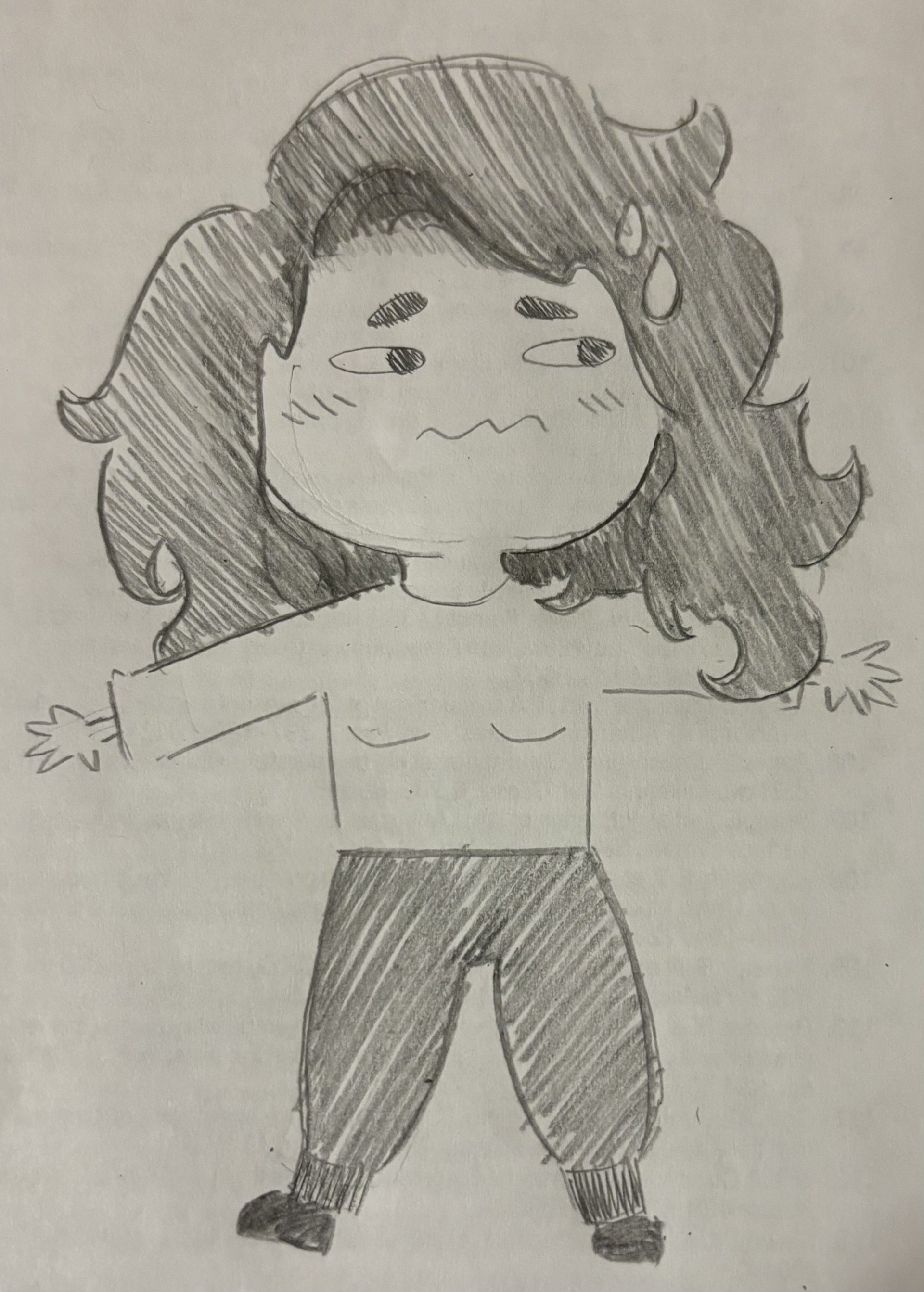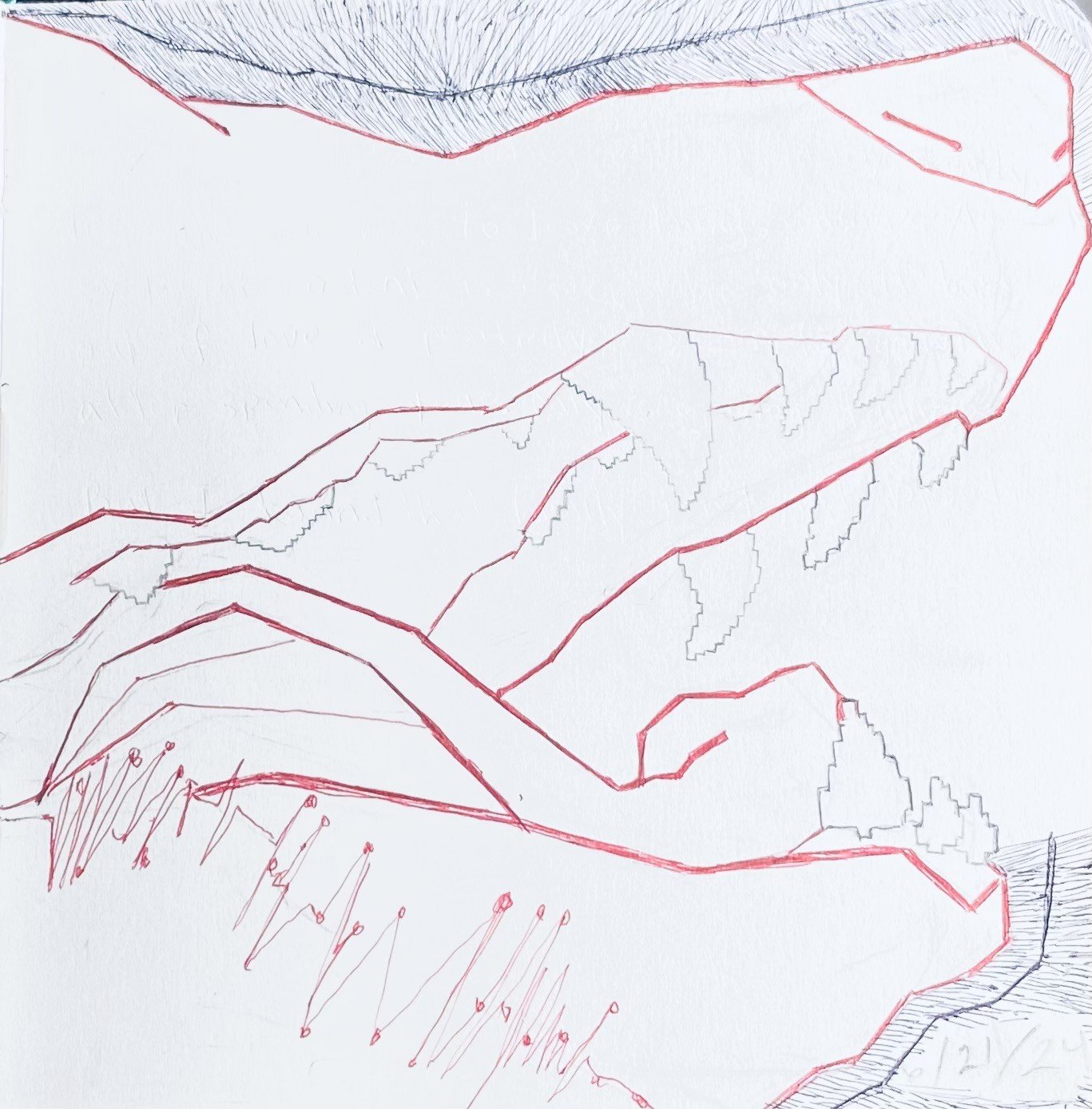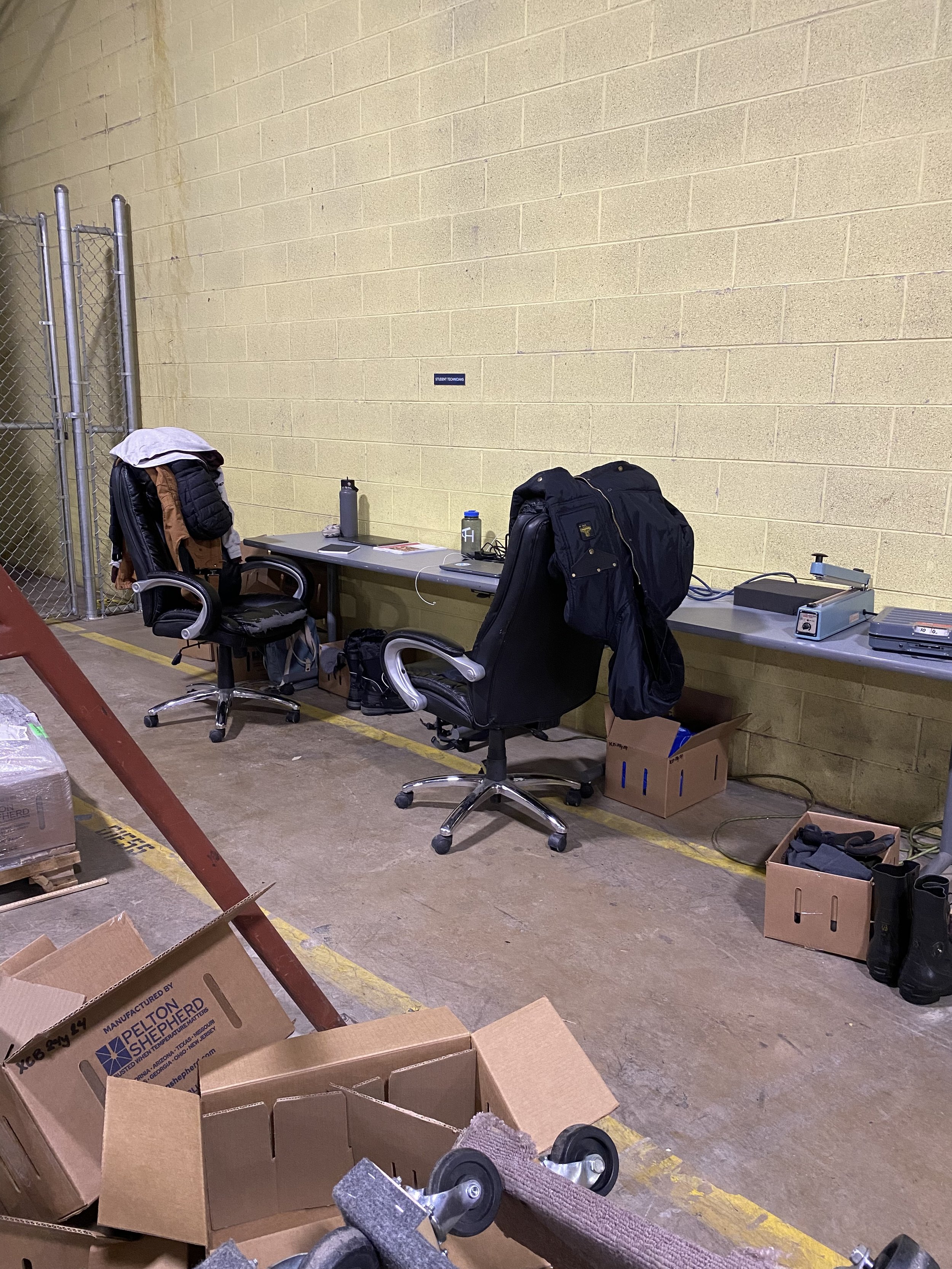2024 REU Cohort
Sara Akiba
Home Institution: Princeton University
Host Institution: University of Washington
Timothy Elnitiarta
Home Institution: University of California, Berkeley
Host Institution: University of Texas at Austin
Emmanuel Nwokpo
Home Institution: Mississippi Valley State University
Host Institution: Remote
Meet the Researchers
Medha Chandwani
Home Institution: Purchase College
Host Institution: Oregon State University
Megan Erskine
Home Institution: Front Range Community College
Host Institution: NSF Ice Core Facility
Chinonso Obiefule
Home Institution: University of Texas at Austin
Host Institution: University of Washington
Alissa Choi
Home Institution: University of Wisconsin-Madison
Host Institution: Oregon State University
Veronica Fula
Home Institution: University of Washington
Host Institution: University of Washington
Andrea Oviatt
Home Institution: University of Nevada, Reno
Host Institution: University of Washington
Hector Cordova
Home Institution: CUNY Queens College
Host Institution: University of Texas at Austin
Joanny Jimenez
Home Institution: Bronx Community College
Host Institution: Remote
Marc Sailer
Home Institution: University of Washington
Host Institution: University of Washington
Start of the experience: initial feelings
Top Left to Right:
Medha Chandwani: At first, I felt lost trying to find context for the research and my role. However, everyone at OSU has been incredibly helpful in getting me up to speed with the background knowledge. It's intimidating to start working in the lab and applying new knowledge to actual research, but I'm hopeful that with their support, I'll gain confidence and skills for the future.
Tim Elnitiarta: This framed drawing of Earth hanging in UTIG is a good representation of my start to the REU: I am still building a more complete picture of everything I will do this summer, but I know that I'll be able to contribute something important with all the support and guidance at UTIG!
Hector Cordova: This drawing contains an image of many tasks such as reading literature, picking air-ice and bed-ice interfaces in radargrams, and learning to code. These tasks contain a lot of content that I am new to, but I am very excited and came with a mindset to pick at these tasks and learn something new everyday. This is represented by me picking the ice with a geology hammer (I am a geology major). Mentors and other interns stand behind me, supporting me and ready to answer my questions.
Sara Akiba: Excited to touch some old ice!
Middle Left to Right:
Marc Sailer: At the start of the REU program, I am excited to be in Seattle for the summer now that it is finally sunny and to have this as a view on my way to work every day!
Chinonso Obiefule: I’m really missing Texas and my friends and family, but also am so excited for the great new things about to come!
Alissa Choi: My initial thoughts for the summer are right where I left off last summer. I am building off the collaborations and work I did last summer to further my understanding of ice core science.The addition of the differently colored spotlights represents all the new skills and perspectives I’m gaining from working in a different COLDEX lab this summer as I am quite literally viewing ice core science from a new lens. It also represents my development of independence as a researcher. There’s so many different analyses that I want to do on this part of the ice core and so many different questions that I want to answer but unfortunately there is a limited amount of ice. Eventually, I (alongside my mentors and collaborators) will have to make a decision on the direction I want to take this project which can feel a bit overwhelming at times given the crowded scene.
Bottom Left to Right:
Andrea Oviatt: As a COLDEX researcher I had the opportunity to explore and experiment with a domain in climate research I’m excited to pioneer in. This drawing was the first sketch I made in my program that I altered and experimented with in and had so much fun dedicating my time to. I feel the same way about by first two weeks in COLDEX :)
Joanny Jimenez: Copán Ruinas, Western Honduras: I chose this photograph because it represents the wonderful world of exploration. It shows what can be accomplished through excavation and research which inevitably intertwines our natural surroundings with history. If it wasn’t for someone taking courageous actions to uncover the history of the Maya civilization, we would have never known that Copán was a major city during the Classic period.
Veronica Fula: Here is the nicest picture I saw of ice that came from the Allan Hills and I think it's beautiful in its own right!
Megan Erskine: Here's my photo! It's the corner of the warehouse where the USGS intern and I do most of our work. It's very cluttered with empty boxes/our cold weather gear when we're hopping in and out of the freezer, which I feel represents the chaos I felt starting my REU! It's hard to see, but on the wall, Theo stuck a "Student Technicians" sign after I joked we needed something to say it was the intern corner! To me, it represents that even though things still feel a little chaotic, I definitely feel like I have my own place and am finding my footing here at the facility.
Communication
2024 COLDEX REU cohort mini-talk presentations
End of REU experience: Reflections
Top Left to Right:
Megan Erskine: Here's my photo of how I feel at the end of my REU experience! It's a screenshot of my camera roll after helping inventory ALHIC 1901 during the last week of the COLDEX CPL. This only captures a small snippet of the HUNDREDS of ID card photos I now have on my phone. Although almost all their information is now online, I am still happy to dedicate the storage space to keep them. Seeing them when I open my photos from this summer makes me feel accomplished about what I got done during my time at the NSF-ICF. In the center of the screenshot, I included the photos I took of the ash layer from the "famous" WAIS Divide core (when you look up "ice core" on Google, it is one of the first images). It reminds me of just how in awe I was every day handling incredibly valuable ice.
Andrea Oviatt: Thank you for this amazing opportunity!
Hector Cordova: Now, at the end of my REU experience, I feel more confident in myself because I learned new technical skills that I want to continue developing and mastering. The support I received from the team at UTIG also contributed to this confidence, as they congratulated me on my progress and provided meaningful feedback.
Marc Sailer: At the end of the COLDEX REU, I feel more prepared to work independently and more familiar with the research process. I am excited to present and publish my findings!
Middle Left to Right:
Medha Chandwani: This REU has exposed me to various instruments like the ICP-OES (shown in the picture) and the CFA system. After learning extensive background knowledge about the ICP-OES, I gained confidence in running samples independently and experimented with sample preparation to observe different results. The hands-on work with the CFA system, which constantly needed adjustments, highlighted the trial-and-error nature of lab work. Thank you to everyone at OSU for a wonderful, educational REU experience!
Tim Elnitiarta: This is a screenshot of a puzzle titled "Collage" from MIT Mystery Hunt 2023, where the goal was to deduce a central word or phrase by guessing words that are adjacent to it. In this case, I worked backwards, adding BASAL UNIT as the central word with multiple unknowns surrounding it. I like this visual of a web of ideas stemming from one central hub because I am coming out of this REU with plenty of ideas about related research I would like to do in the future that all plays off of what I started this summer.
Sara Akiba: Absolutely loved working with the IsoLab and frolicking with Antarctic snow and Antarctic snow data!
Veronica Fula: Here is the picture I made in Paint of how I feel at the end of the REU! It shows a board with red string and picture of bubbles in ice that shows I feel like I can now talk about the results I have made and the process of how I did the project.
Bottom Left to Right:
Chinonso Obiefule: I did it!
Resources and Frequently Asked Questions for the COLDEX annual meeting
-
You will fly into either the Portland International Airport (PDX) in Portland, OR or the Eugene Airport (EUG) in Eugene, OR. You have all had trips booked from your airport to OSU via Groome transportation vans. You will arrive at the Hilton Garden Inn in Corvallis. This hotel is directly across the street from campus and a short 10 minute walk to the dorm where you will be staying (West Hall). You can find more information on travel logistics for Corvallis, OR on the COLDEX Meeting page: https://sites.google.com/oregonstate.edu/coldex-info/coldex-2024-meeting
-
Groome vans will pick you up at either the Portland Airport (PDX) or the Eugene Airport (EUG) and drop you off at the Hilton Garden Inn - Corvallis.
Here is a map of where to find the Groome vans at PDX and EUG.
-
Here is a map for the annual meeting: Google site!
-
-
-
Before and during the annual meeting, contact Kristen Rahilly (kristen.rahilly@oregonstate.edu)
After the annual meeting, contact Tricia Torris about any clarification needed for reimbursement (torrist@oregonstate.edu)
-
You will be staying in West Hall. Here is the website for West: https://uhds.oregonstate.edu/housing/halls/west
You will have your own room with a shared bathroom. The bathroom is in between your room and another room. You will share a bathroom with someone of the same gender identity as you and/or with someone of a gender identity that you are comfortable sharing with.
You can check out more information about the rooms here: https://uhds.oregonstate.edu/housing/halls/west#rooms
-
Please see the attached 3 minute video explaining how to get to the service center from 30th street - https://www.youtube.com/watch?v=6xVl-vb8p0g
(please ignore that I say hi to everyone from Project Ice and also that it is very shaky!)
You will also receive an email from the OSU Housing Office with specific instructions, especially for those of you who will arrive after the service center is closed.
-
There will be multiple networking opportunities and so we suggest you wear business casual clothing (let me know if you have questions about what that means in the geosciences!). The dorm is about 0.5 miles from the meeting hall (Memorial Union), so bring comfortable walking shoes. Layers will also be helpful as early September in Corvallis can still be quite warm (75 to more than 90 degrees Fahrenheit) but the buildings will be air-conditioned.
-
Here is the Google site for the COLDEX annual meeting. Those of you that indicated you wanted us to register you have been registered!
https://sites.google.com/oregonstate.edu/coldex-info/coldex-2024-meeting
-
You will be reimbursed for:
poster printing (keep your receipt)
baggage fee to and from Oregon (keep your receipt)
Ground transportation from your home to the airport (keep your receipt)
You will also receive a half day per diem for the day you travel out to Oregon and the day you travel back home. You will receive a dinner per diem if you stay the night of September 11.
We have directly booked ground transportation to/from the airport and OSU campus for you. We cannot cover other ground transportation while you are in Oregon.
-
You can actually hang up your poster the first day! That way, folks can start looking at your poster even before the "official" poster sessions on Day 2 and 3.



